Animals That Hibernate in Summer: Surprising Sleepers
When you think of hibernation, you probably picture a bear snuggled in a cave all winter long, snoozing through snowstorms and emerging in spring like a very confused Disney character. But did you know some animals flip the script and hibernate during summer instead?
While the rest of us sweat through heat waves and desperately Google "DIY air conditioner hacks," these creatures take the ultimate nap. This summertime slowdown is called estivation (sometimes spelled "aestivation" because nature loves a spelling curveball).Today, we're looking at the fascinating world of animals that hibernate in summer. So, let's meet the nap champions of the sunny season!

What Is Estivation?
Estivation is a state of dormancy that helps animals survive extreme heat and drought. Instead of braving the sweltering days, these clever creatures dramatically slow their metabolism, lower their body temperature, and wait out the worst of summer in cool, sheltered spots.
Think of it like clicking pause on life until the weather is less "oven" and more "pleasant picnic."
Now, onto the real stars: the animals that have turned summer napping into an art form.
9 Animals That Hibernate in Summer

1. Lungfish: Nature's Mucus Mummies
First up: the African lungfish, a freshwater fish that basically said, "I'm out" to heat and drought.
When ponds dry up, lungfish burrow into the mud, secrete a protective mucous cocoon (yep, you read that right), and enter estivation mode. Inside this DIY life pod, they can survive without water for up to four years, waiting patiently for rain to return like the world's most committed introverts.

2. Desert Tortoises: Shells Are the Ultimate Airbnbs
The desert tortoise is a professional estivator from the American Southwest.
When desert temperatures soar past "no thanks" and into "why is the air spicy," tortoises retreat into burrows, slowing their heart rate and breathing just enough to stay alive. They spend 95% of their lives underground; they're technically the world's oldest basement dwellers.
And when they finally come up for fresh air? It's usually to casually snack on desert plants before heading back down. Honestly, goals.

3. Fat-Tailed Dwarf Lemurs: The Sleepiest Primates
Move over, human nappers, the fat-tailed dwarf lemur from Madagascar is here to win the Best Napper award.
During the hot, dry season, these pint-sized primates crawl into tree hollows, fat tails packed with stored energy, and zonk out for up to seven months. Their metabolism drops so low that they're playing an intense game of "How slow can you go?"
They're the only known primates to estivate — a strong flex for the lemur community.

4. Crocodiles: Surprise Sleepers
You probably think of crocodiles as fearsome predators, not summer slackers. But, surprise! Some species, like the Australian freshwater crocodile, estivate during extreme droughts.
When rivers dry up, these crocs bury themselves in mud and slow their system way down. It's less "gator attack" and more "gator snooze-fest" until the rains return and refill their watery homes.

5. Snails: Slimy Sleepers
If it's hot and dry, and you're a delicate snail, what do you do? Easy. You estivate.
Many land snails, like the Helix pomatia (aka the Roman snail), retreat into their shells and seal the opening with a layer of dried mucus called an epiphragm. Think of it like installing an organic, slimy front door to keep moisture in and heat out.
This cozy "shell apartment" keeps them safe until rain brings cooler, damper days. Honestly, it's a pretty brilliant survival strategy and very on-brand for snails.

6. Ladybugs: Cluster Nappers
Not just a sign of good luck, ladybugs are also talented estivators.
When it gets too hot and dry, they gather in large clusters (sometimes thousands strong) and hunker down in cool, shady spots like under bark or rocks.
Imagine a ladybug sleepover party, but everyone's goal is not moving. Cute, practical, and relatable.

7. Earthworms: Underground Hermits
Even earthworms know when it's time to peace out for the summer.
In dry conditions, worms burrow deep into the soil, form protective mucus chambers, and enter a state of estivation. Their goal? Avoid drying out like forgotten spaghetti left on the stove.
These little soil aerators wouldn't survive scorching weather without this clever strategy. Shoutout to worms for always quietly holding ecosystems together.

8. Salamanders: Mud Spa Enthusiasts
Some species of salamanders, especially those living in dry regions, estivate underground during hot spells.
They tuck themselves into moist soil or under logs, avoiding dehydration and awkward encounters with curious humans. Scientists have even found them in mud cracks, looking like tiny, squishy fossils.
They basically invented the "stay hydrated and out of sight" lifestyle.

9. Frogs: The Mud Champions
Frogs are practically the mascots of estivation. Species like the African bullfrog dig deep into the ground when ponds evaporate and wrap themselves in a protective mucous layer.
These frogs can estivate for months — or even years — until the rains return. And when they finally emerge, it's usually with a loud, enthusiastic croak because, honestly, wouldn't you announce your comeback after a year-long nap?
Why Do Animals Estivate?
Great question. Estivation is all about survival:
- Avoiding dehydration: Water loss is deadly for many animals, especially amphibians and soft-bodied critters.
- Dodging extreme temperatures: When it's too hot to function, estivation helps animals wait it out safely.
- Conserving energy: Instead of wasting precious calories searching for dwindling food sources, they hit pause until the buffet refills itself.
It's biology's version of "if you can't handle the heat, hide underground."

Fun Bonus: Humans and Summer Hibernation?
While humans don't technically estivate, if you've ever:
- Shut all your blinds during a heatwave,
- Taken a three-hour nap instead of going outside,
- Or seriously considered moving into your fridge,
Congratulations! You've experienced a very relatable version of "unofficial estivation."
Nature gets it. Sometimes, the best way to survive summer is to sleep through it.
Conclusion: Nap Like Nobody's Watching
Summer estivation might not get as much press as winter hibernation. Still, it's equally fascinating and arguably even more relatable. After all, who among us hasn't daydreamed about napping through the hottest parts of summer?
From mucus-wrapped lungfish to sleepy snails, desert tortoises, and ladybug sleepovers, the animal kingdom is full of creatures that have mastered the art of chill.So next time you're sweating through another blistering day, take a page from these pros: find a shady spot, slow down, and maybe consider a tiny estivation of your own.
(Don't forget to wake up for popsicle season.)

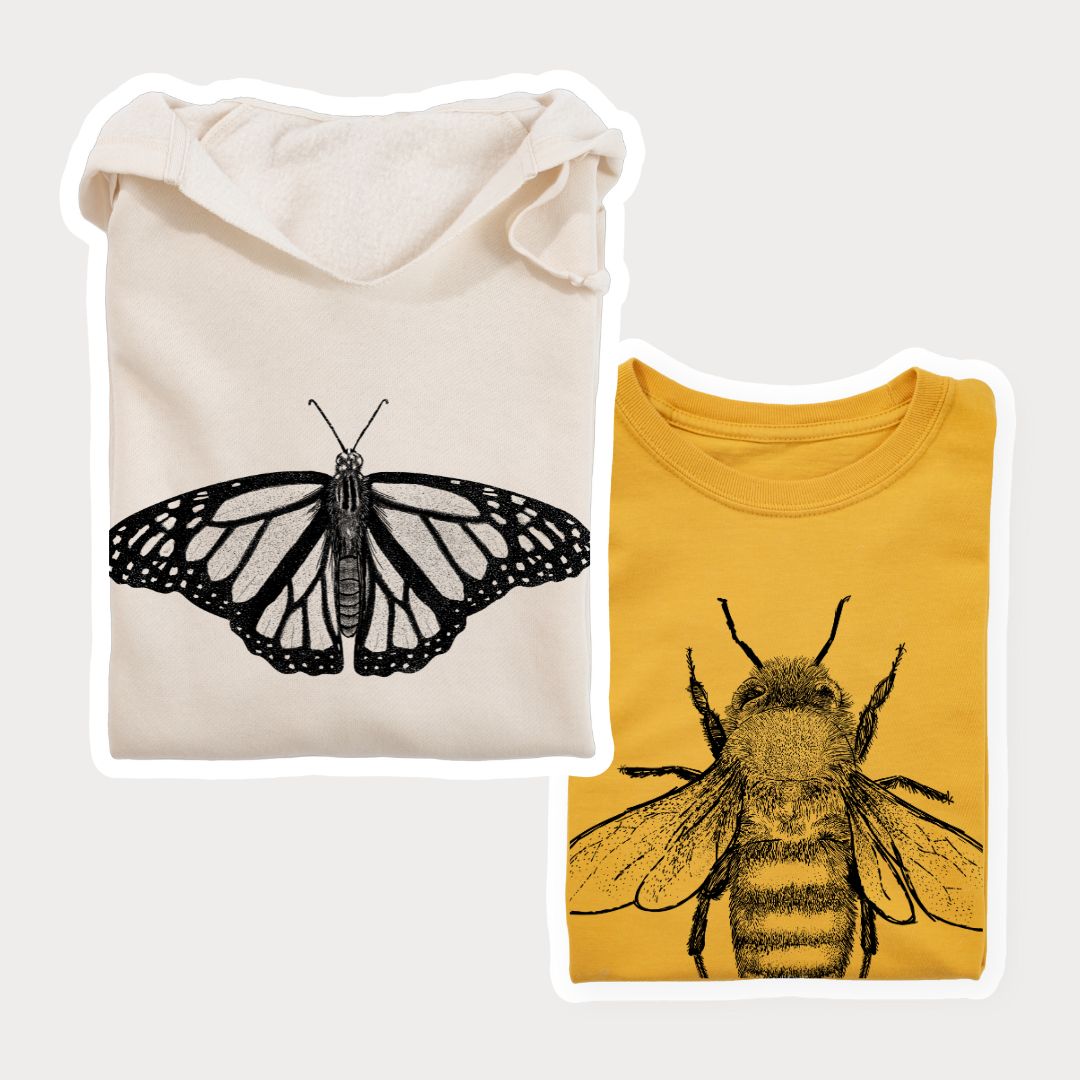


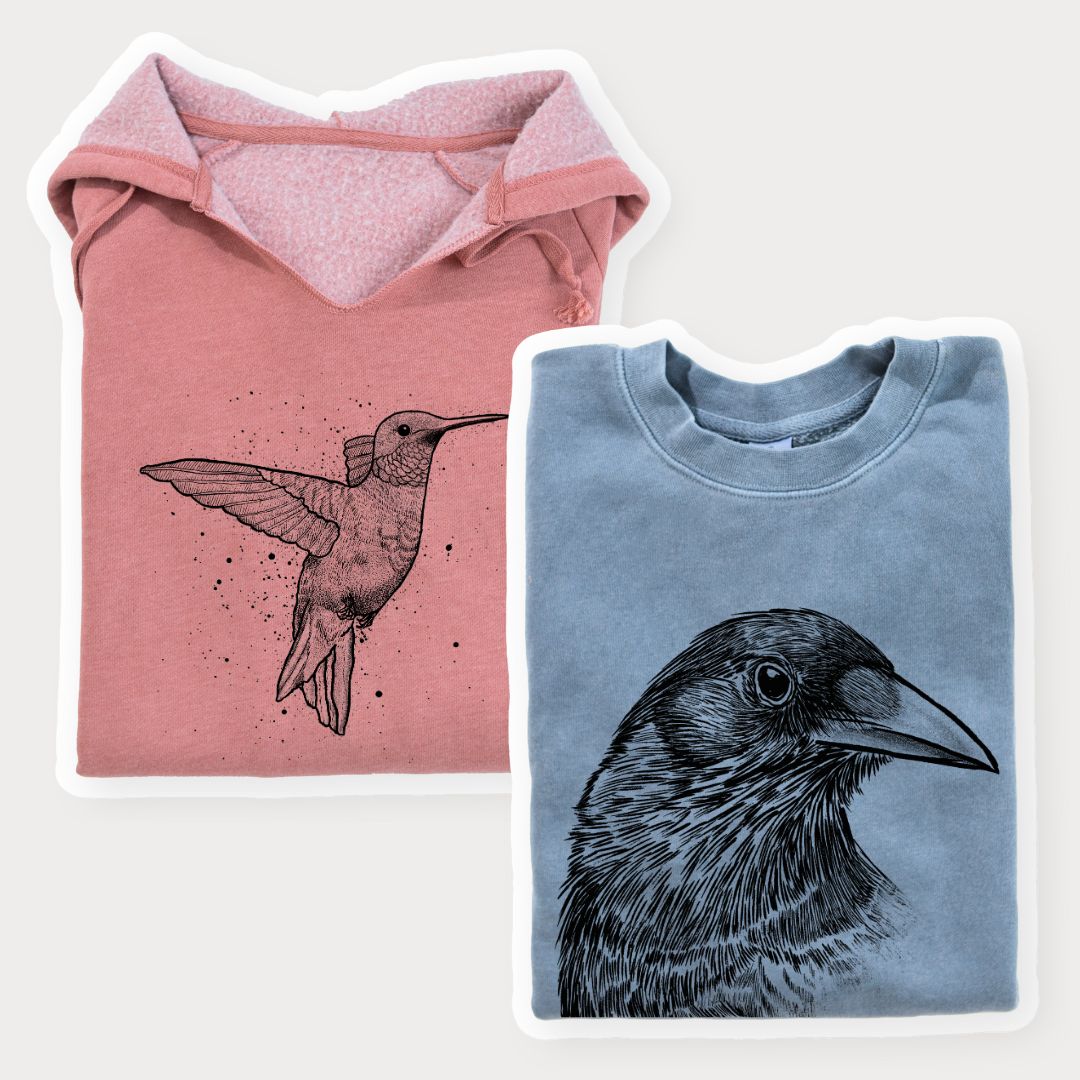
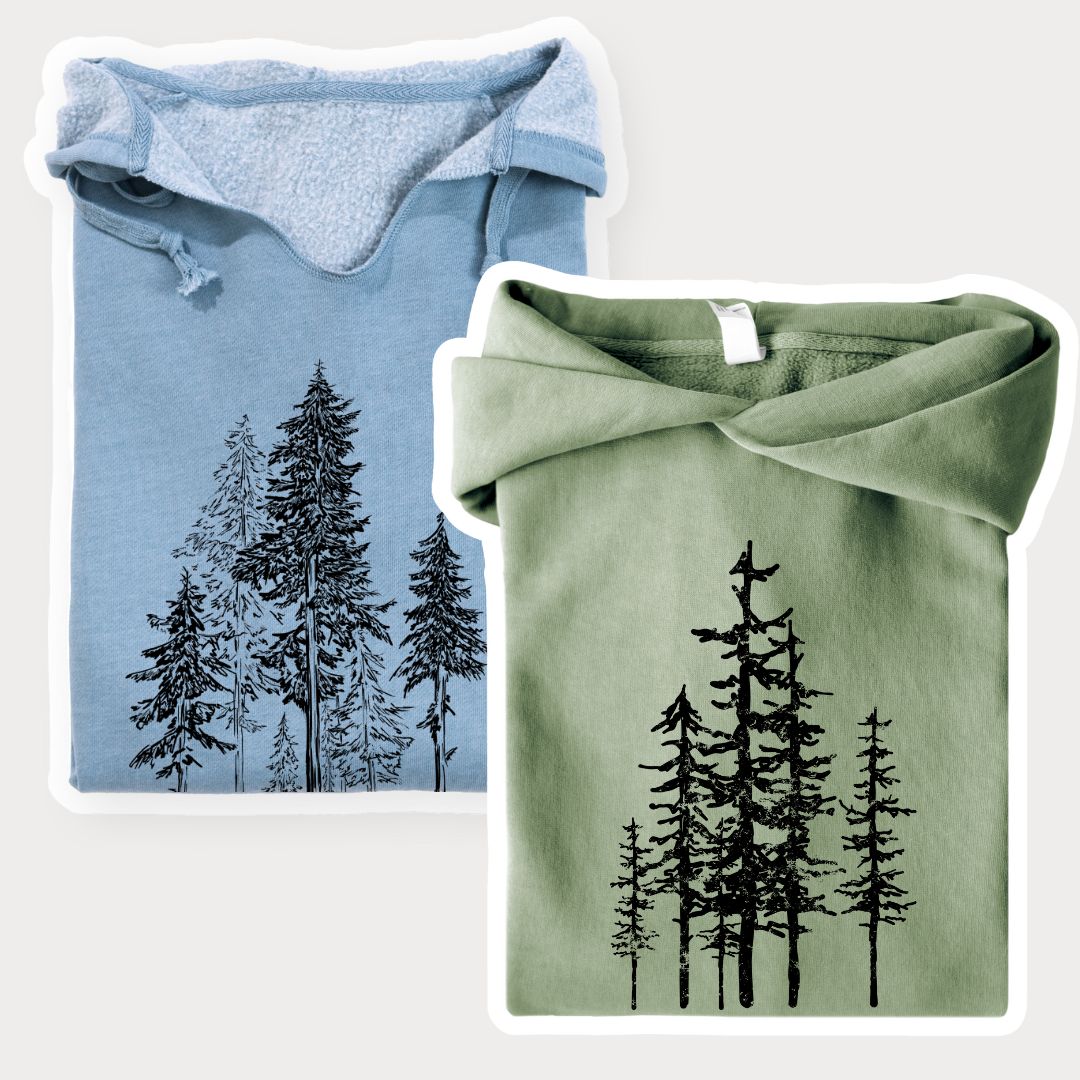





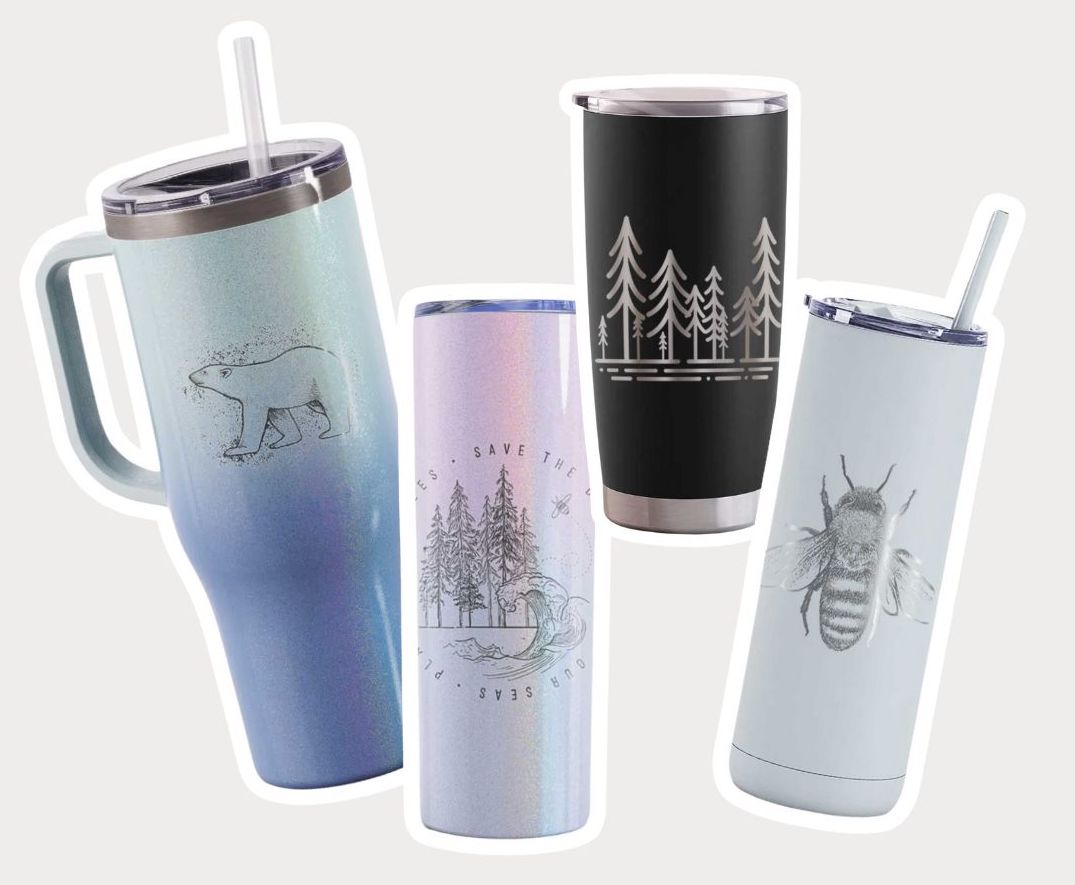


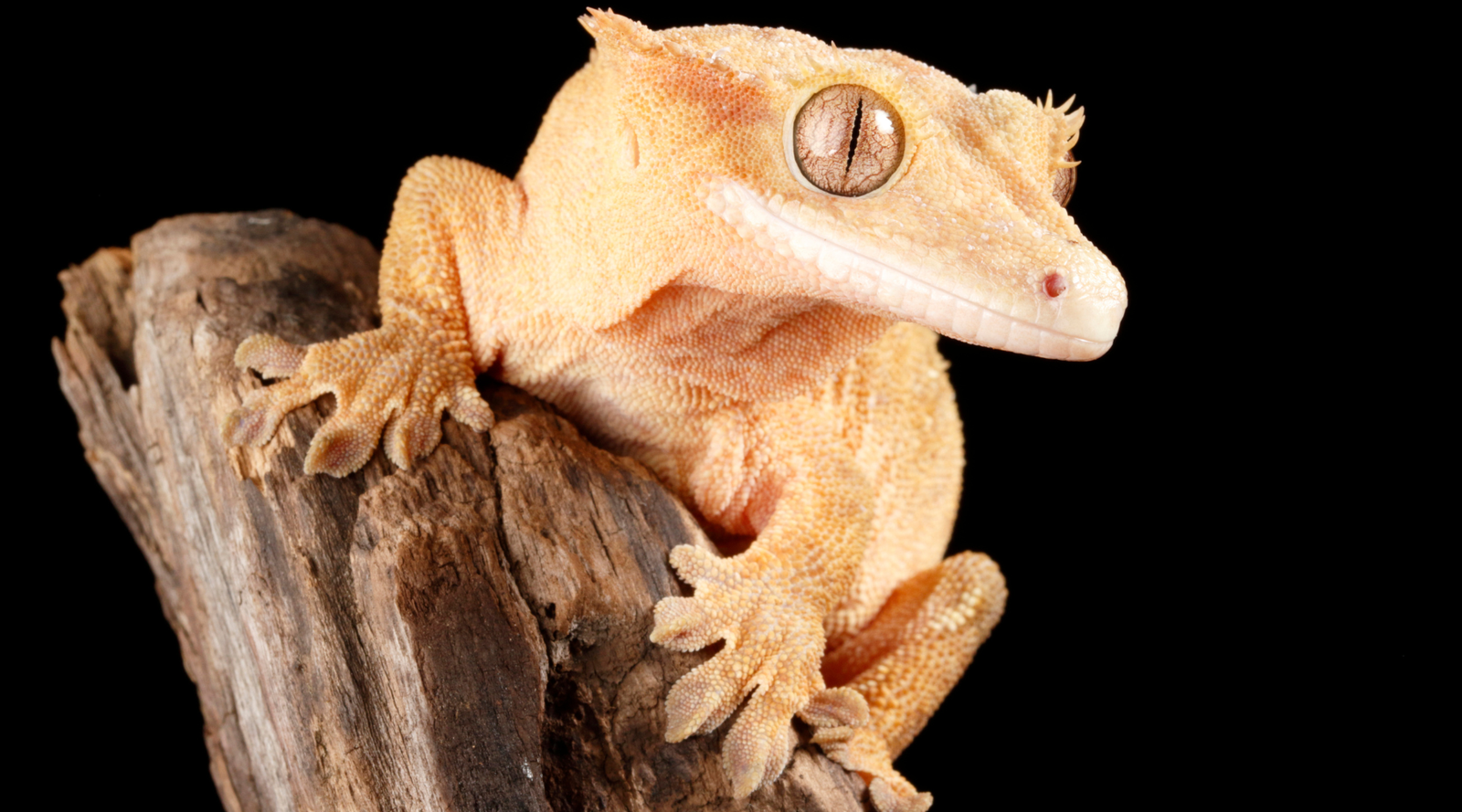
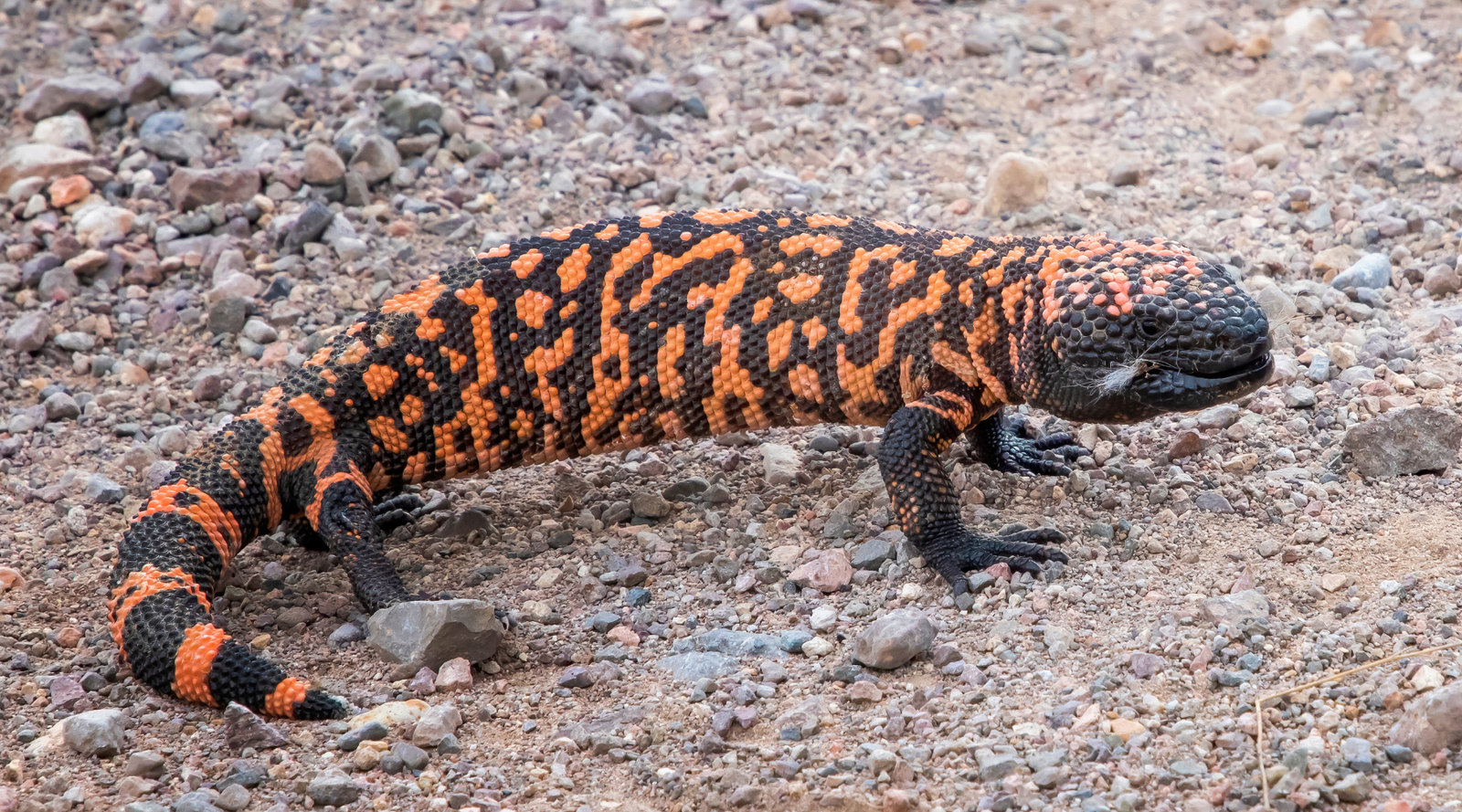
Leave a comment (all fields required)